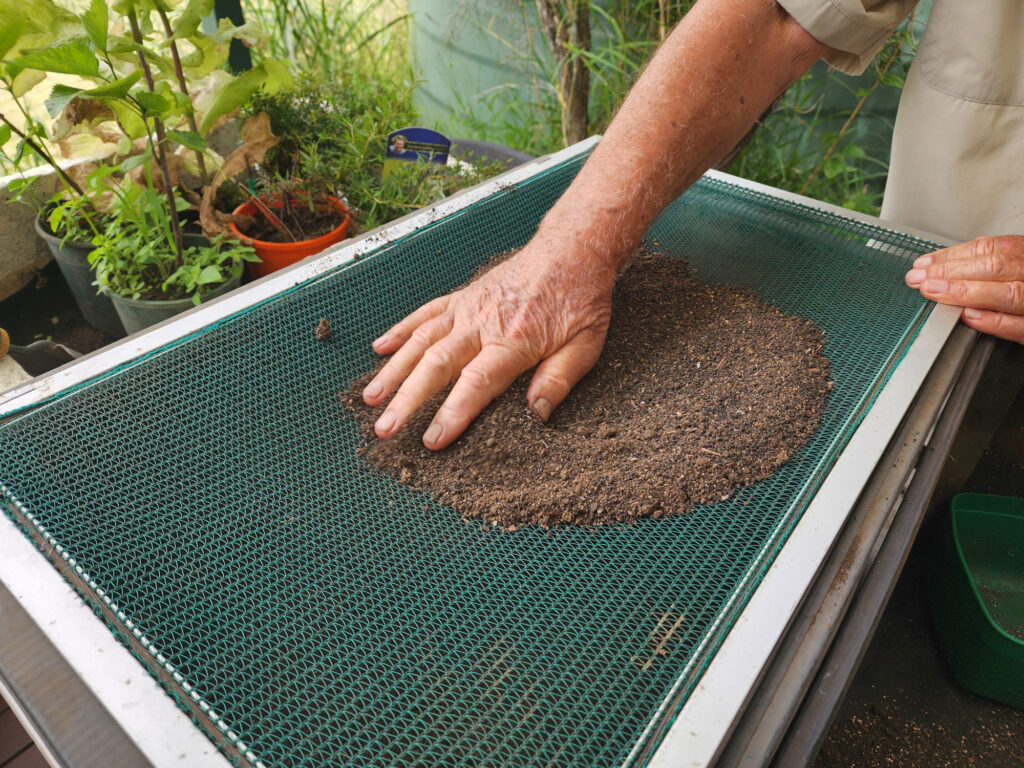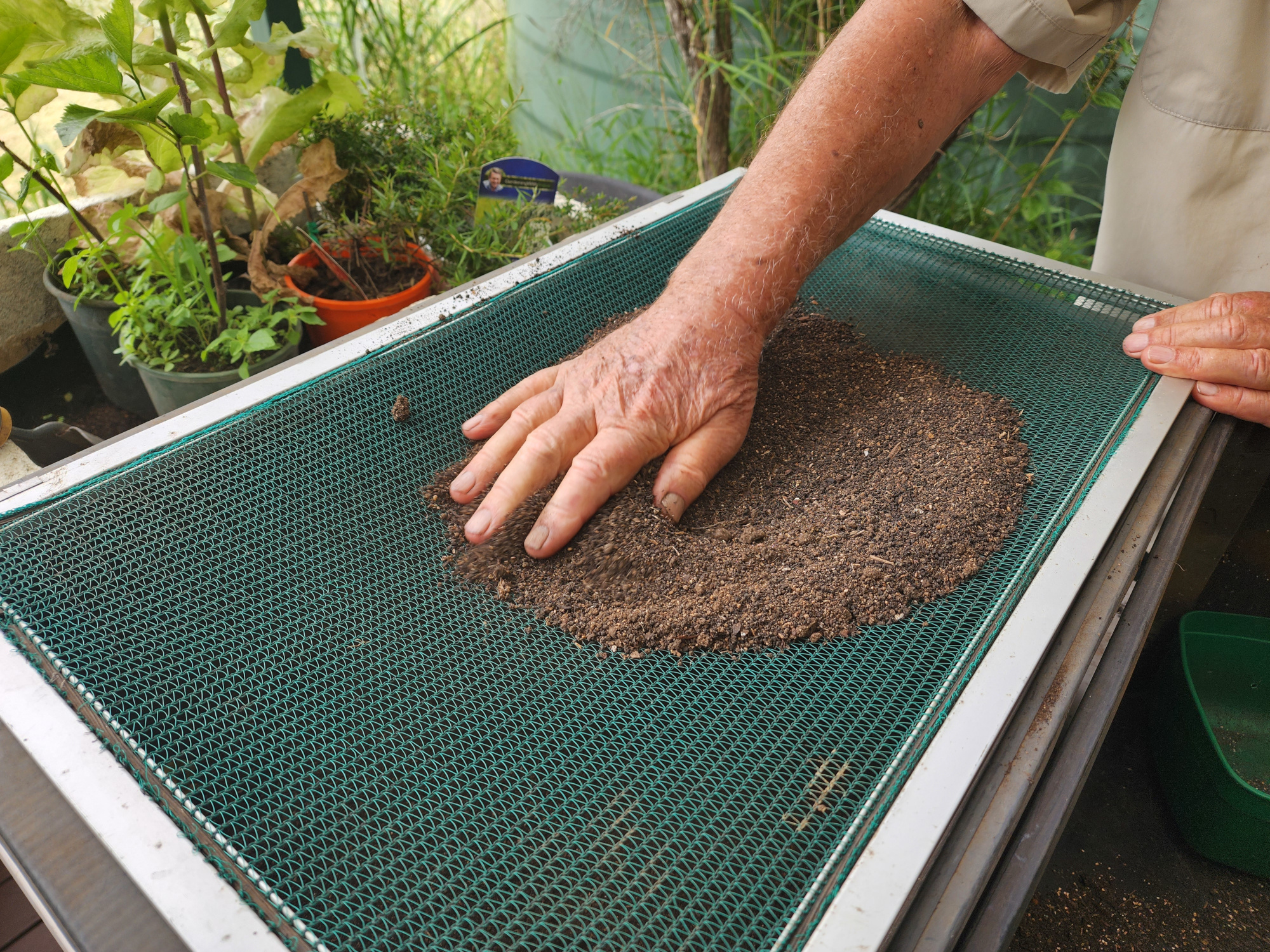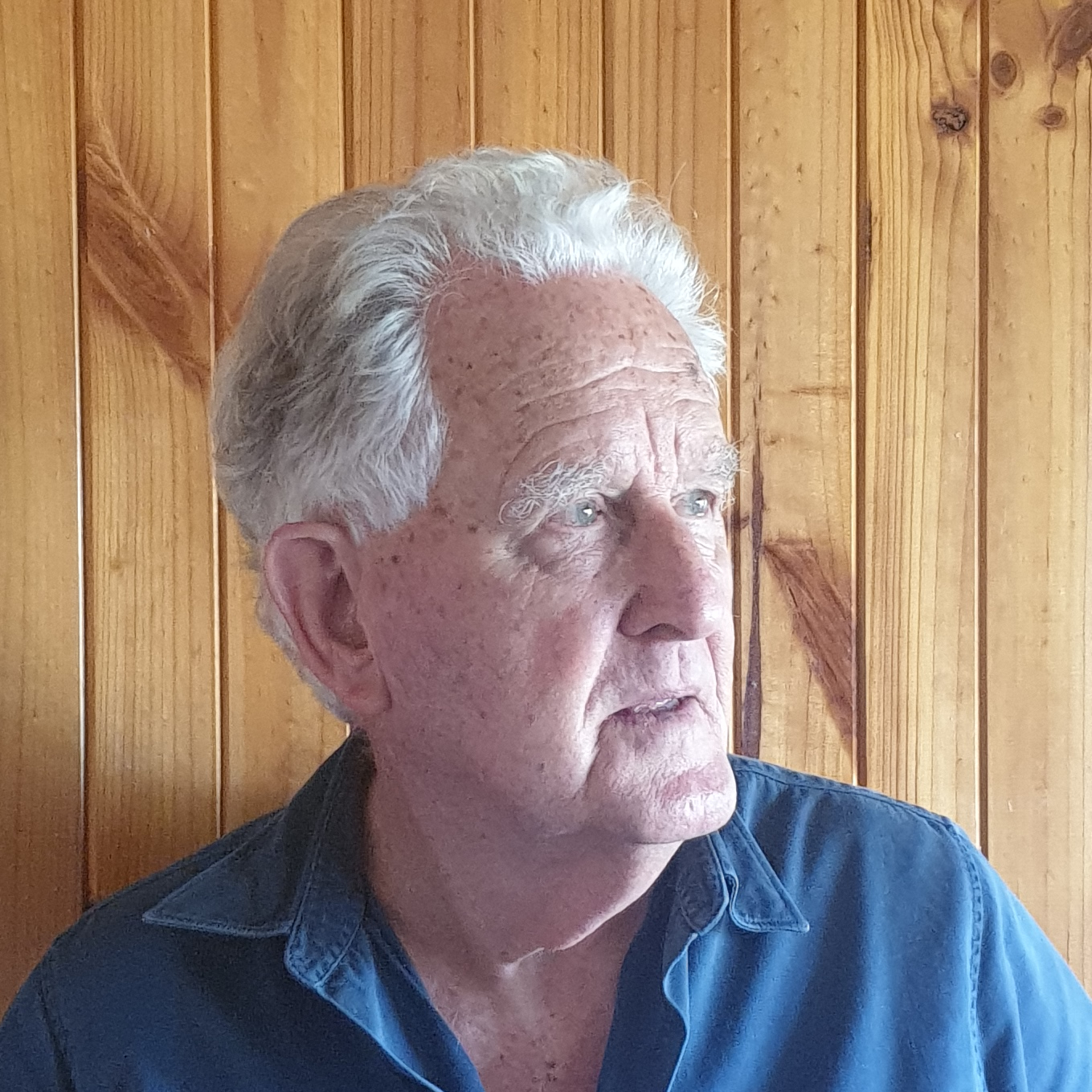Soils along the Queensland coast are often composed of silt and fine sand, with little clay and low mineral content. These sandy, low-fertility soils are sometimes sold as “topsoil” at garden supply stores, but the term refers only to their origin at the surface, not their quality or fertility.

When using commercially sourced topsoil, screen them to remove sticks, stones, bark chips and rubbish. A screen made by replacing the fly-screen in a small window frame with 30% shade cloth works well.
While these soils may not be ideal on their own, they can still serve as a good base for healthy soil. If you’re already successfully growing vegetables, you can use soil from your best garden beds. If you’re starting from scratch, poor soils can be improved or “blended” to support healthy, nutrient-rich crops.
Remember, only soil should be used in wicking beds, do not add rocks or a plastic liner above the 90 mm pipe to prevent soil from washing into it. This isn’t necessary because water moves out from the pipe, not into it. Excess rain simply seeps in, rather than flowing in. Stones take up space that should be occupied by soil and its essential biology, which is crucial for plant and human health. For more information, see the Consequences of Misconceptions in Wicking Bed Designs.
What’s meant by Healthy Soil?
Healthy soil enables effective wicking and supports a diverse soil biology. It consists of a balance of:
- Water and air: Essential for sustaining life and nutrient movement
- Clay: Very small particles (less than 0.002 mm)
- Silt: Medium-sized particles (between 0.002 mm and 0.05 mm)
- Sand: Larger particles (between 0.05 mm and 2 mm)
- Carbon: In its many complex forms
- Soil biology: A diverse range of microorganisms that build carbon structures in the soil (especially fungi), are crucial for optimal plant health
- Minerals: A full spectrum of major, minor, and microminerals
How do we Make Suitable Soil?
To start, use your local soil as the base, typically composed of sand and loam. Then, add some clay soil to improve the mixture. For wicking beds and boxes, incorporate two buckets of clay per square meter to enhance the soil’s structure.
For example, eight Styrofoam wicking boxes cover just over one square meter require 240 litres of soil.
After mixing, the soil will be loose and contain too much air; in this state the soil cannot wick properly. Drench the soil and leave it to settle overnight, this results in a soil structure that will wick properly. During the process, the soil level will drop up to a few centimetres. In wicking beds, the soil should be drenched by first filling the water reservoir until it overflows and then watering from the surface till it overflows again.
Once your boxes or beds are prepared for planting, add the following amendments to the soil per square meter:
- 250g of dolomite (for calcium and magnesium),
- 300g of Katec Organic Super Growth,
- 20g of Searles Trace Elements,
- Searles SeaMax, as per the label instructions.
These additions will help create a fertile and well-balanced growing environment for your plants.
Improving Your Soil
When planting a crop, provide your usual fertilisers or use Katec Super Growth at the recommended rates. Regular maintenance feeding is crucial for maintaining healthy plant growth.
To support soil biology, regularly feed it with liquid seaweed, fish emulsion, compost, or similar organic matter. We also highly advise the use of homemade Bio-Booster. Aim to do this monthly or bi-monthly.
Because local soils often have low mineral content, it’s important to continue adding trace elements and SeaMax as directed to ensure balanced nutrition for your plants.
Harvesting
Mulching soil is beneficial as it reduces water loss, suppresses weeds, and helps regulate temperature — keeping the soil cooler in summer and warmer during cold nights.
After harvesting, chop up the remaining plants and use them too as mulch on the same bed. This not only contributes to soil biology but also helps increase the carbon content over time, building a healthy soil that supports healthy plants and, ultimately, healthy people.


